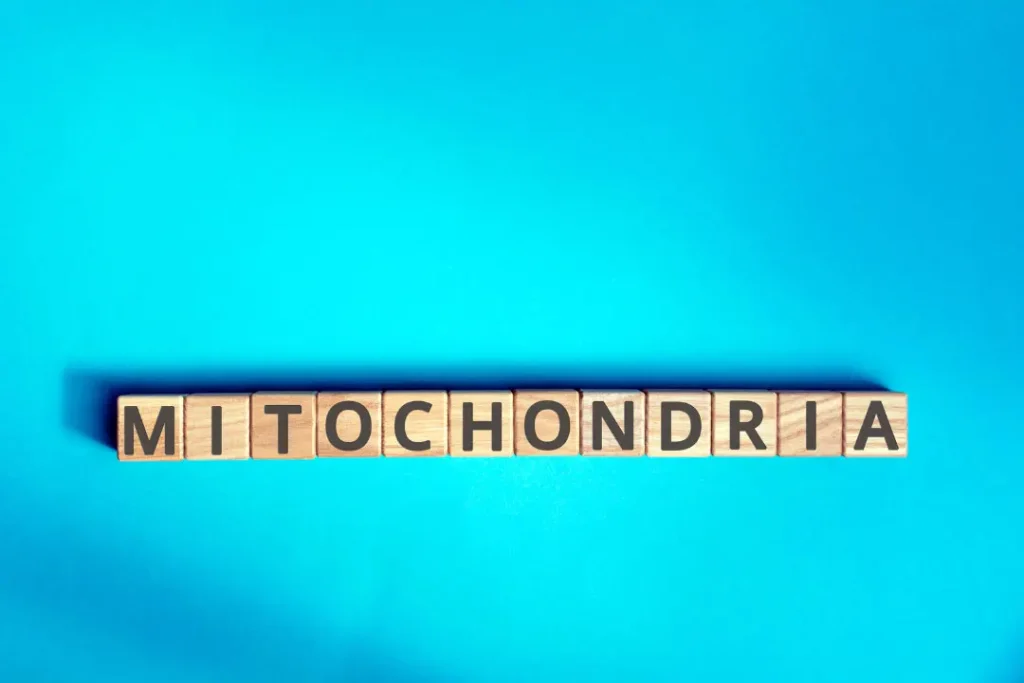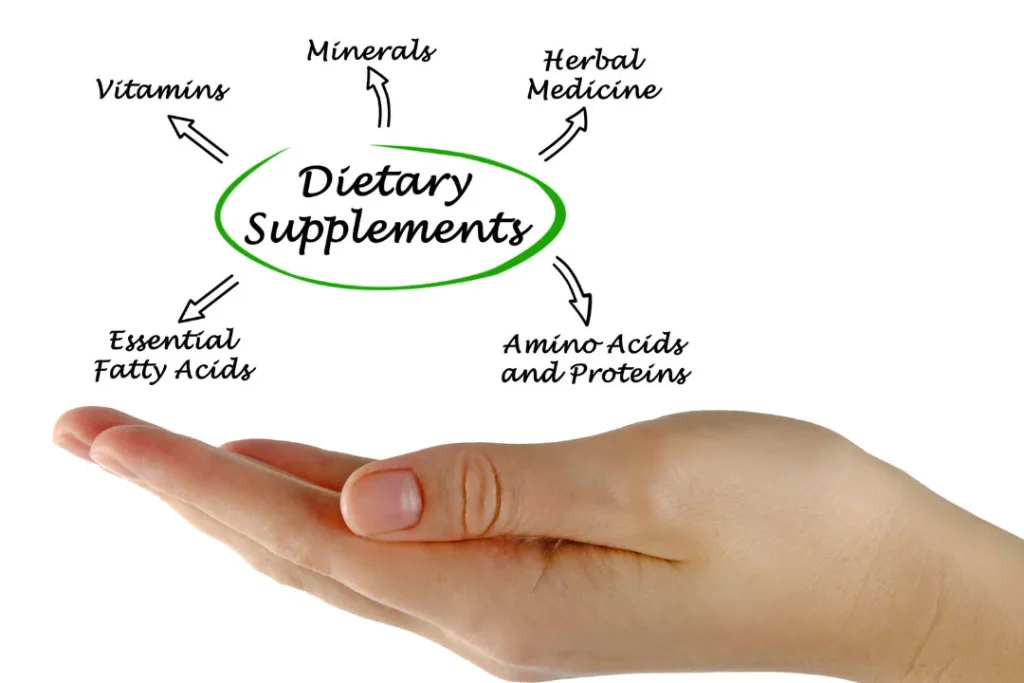A thyroid hormone metabolite, Diiodothyronine (3,3′-T2) is an organically created substance produced by your thyroid gland. Although triiodothyronine (T3) and thyroxine (T4) are thought to be the main substances secreted by the thyroid gland, additional substances, such as 3,3′-T2, have been found to be as significant metabolic byproducts as the main secretions. Due to its two iodine atoms’ substantial physiological activity, Diiodothyronine has gained attention as a possible dietary supplement. This article will provide information so that readers may have greater context when making informed decisions regarding the inclusion of supplements like in their diets.
You May Also Like:
5 Great Natural Nootropics and How They Work
What is Non Restorative Sleep? Here are 5 Great Ways to Get Quality Rest Every Night
Diiodothyronine: Benefits, Dosage, Side Effects, Drug Interactions, and Other Important Information is an original (NootropicsPlanet) article.
Nature of Diiodothyronine
Diiodothyronine is an amino acid derivative of tyrosine that is structurally distinguished by two iodine atoms. It is one among the several byproducts of sequential deiodination, which results in the production of the thyroid hormones T3 and T4. Type 1 (D1) and type 2 (D2) deiodinase enzymes, in particular, are crucial for its production.
Health Benefits of Diiodothyronine
Diiodothyronine’s metabolic role, which is mostly connected to energy metabolism and fat usage, is where most of its health benefits spring from. Recent studies have demonstrated that T2, although being less potent than T3, can boost metabolism and reduce cholesterol levels without dramatically altering heart rate or causing thyrotoxic symptoms, which are frequently linked with T3.
To start with, 3,3′-T2 raises basal metabolic rate. 3,3′-T2 works on the mitochondria, which are cells’ powerhouses, enhancing their capacities for respiration and thermogenesis. These activities occur due to the overexpression of uncoupling proteins, which are mitochondrial transporters that diffuse the proton gradient needed to make ATP, generating heat, and promoting energy expenditure.
Furthermore, research has revealed that 3,3′-T2 lowers cholesterol. By increasing the expression of low-density lipoprotein receptors (LDL-R), it affects the metabolism of cholesterol and increases the amount of LDL cholesterol that is cleared from the circulation. Given that the modulation of LDL-R plays a critical role in the management of blood cholesterol levels, this study may have important implications for people with hypercholesterolemia.

Chemistry of Diiodothyronine
Tyrosine is the source of the amino acid Diiodothyronine (3,3′-T2), which has two iodine atoms bonded at the 3 and 3′ locations of the aromatic ring. Diiodothyronine has a far simpler chemical structure than the thyroid hormones T3 and T4, which are iodinated at positions 3, 3′, 5, and 5′ in the case of T4. When compared to other thyroid hormones, Diiodothyronine has distinct physiological consequences because of this variation in iodination.
The successive deiodination of T4 and T3 by deiodinase enzymes results in the production of 3,3′-T2. By removing one iodine atom from the position five, type 1 deiodinase (D1) can change T4 into T3. By taking another iodine atom out of the 5 position, it can similarly change T3 into 3,3′-T2. In contrast, type 2 deiodinase (D2) may change T4 into reverse T3 (rT3) by removing an iodine atom from the 5′ position, while D1 can change rT3 into 3,3′-T2 by removing an additional iodine atom from the 5′ position.
Physiological Mechanisms of Action
Diiodothyronine has functions that are inextricably tied to energy metabolism. Although 3,3′-T2 does not bind to thyroid hormone receptors as well as T3, it still has a major impact on metabolism, notably on mitochondrial activity and lipid metabolism.
Its ability to speed up cellular respiration and heat generation is related to its impact on mitochondrial activity. It has been demonstrated that 3,3′-T2 increases the production of uncoupling proteins (UCPs). These proteins function by eradicating the proton gradient created by the electron transport chain during oxidative phosphorylation. They are essential components of the mitochondrial inner membrane.
Due to the disturbance of the proton gradient, more energy is lost as heat, increasing total energy expenditure and metabolic rate. 3,3′-T2 regulates lipid metabolism in addition to having an impact on mitochondrial metabolism. It increases the liver’s expression of low-density lipoprotein receptors (LDL-R). The clearance of low-density lipoprotein (LDL) cholesterol from the circulation is improved by increased LDL-R expression, which helps lower blood cholesterol levels. Given the known link between LDL cholesterol and cardiovascular disease, this raises the possibility of using 3,3′-T2 to manage dyslipidemia and cardiovascular risk.


Optimal Dosage of Diiodothyronine
The ideal dosage of 3,3′-T2 is a topic that is still being researched and can differ greatly from person to person based on parameters including age, body weight, health state, and particular health objectives. 0.25 to 1.0 g/g of body weight is a typical range utilized in research; however, the dosage may be changed depending on the clinical situation and each patient’s reaction. Before beginning 3,3′-T2 supplementation, for your safety, please remember how pressing a matter it is to adhere to a healthcare provider’s instructions.
Side Effects of Diiodothyronine
Despite the promising health advantages of 3,3′-T2, adverse effects must be taken into account. Thyrotoxicosis, a condition comparable to hyperthyroidism that can include symptoms, including a fast heartbeat, sweating, weight loss, and irritability, may result from over-supplementation. Though less frequent with T2 than T3, this is still a crucial factor to take into account.


Potential Substance Interactions with Diiodothyronine
Other compounds, including prescription drugs and dietary supplements, may interact with 3,3′-T2. For instance, amiodarone or lithium, which impact the production or metabolism of thyroid hormones, may change the levels of 3,3′-T2. Similar to how selenium and kelp may interact with T2, additional substances that impact thyroid function or iodine metabolism may also interact with T2.


Best Responsible Use
Diiodothyronine is an interesting chemical for future study, especially in light of its metabolic advantages and cholesterol-lowering abilities. However, it should be taken properly, with users paying attention to the right dosage, any potential adverse effects, and any interactions. Future studies will likely offer more information about how to use this intriguing substance most effectively.
Diiodothyronine:
Conclusion
The thyroid gland and its secretions are vital to overall health. Diiodothyronine is a chemical produced by the thyroid gland, now available in forms that can be taken as nutritional supplements. Present research shows how Diiodothyronine is part of multiple, complex processes where its presence can catalyze a process or supplement an ongoing process. Diiodothyronine could benefit your energy, metabolism, cholesterol, and more. Remember what the research shows in conjunction with your health history, needs, and medical advice as you decide whether Diiodothyronine is beneficial for you to ingest.
References:
- “Thyroid Hormones, Oxidative Stress, and Inflammation.” Retrieved From: https://www.ncbi.nlm.nih.gov/pmc/articles/PMC4802023/
- 3,5-Diiodothyronine: A Novel Thyroid Hormone Metabolite and Potent Modulator of Energy Metabolism. Retrieved From: https://www.frontiersin.org/articles/10.3389/fendo.2018.00427/full
- “Diiodothyronine.” Retrieved From: https://www.sciencedirect.com/topics/neuroscience/Diiodothyronine
Important Note: The information contained in this article is for general informational purposes only, and should not be construed as health or medical advice, nor is it intended to diagnose, prevent, treat, or cure any disease or health condition. Before embarking on any diet, fitness regimen, or program of nutritional supplementation, it is advisable to consult your healthcare professional in order to determine its safety and probable efficacy in terms of your individual state of health.
Regarding Nutritional Supplements Or Other Non-Prescription Health Products: If any nutritional supplements or other non-prescription health products are mentioned in the foregoing article, any claims or statements made about them have not been evaluated by the U.S. Food and Drug Administration, and such nutritional supplements or other health products are not intended to diagnose, treat, cure, or prevent any disease.
